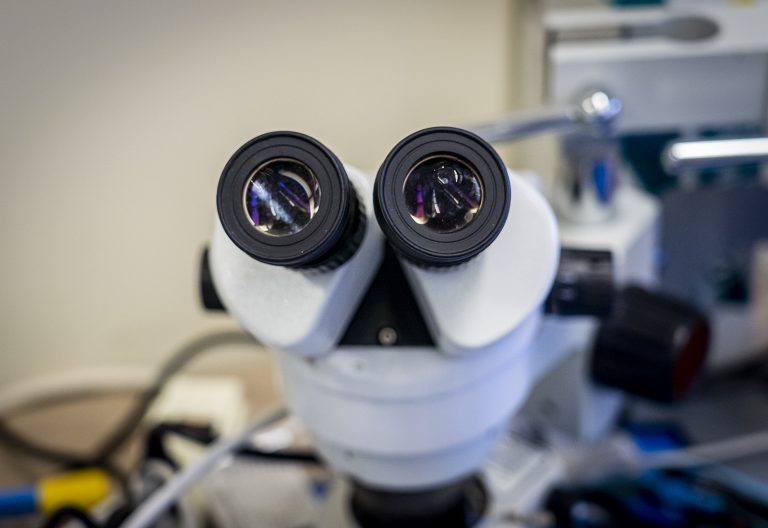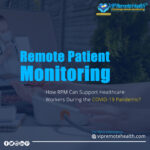There are several practices that have become an insoluble headache for universities when moving to distance learning. Most universities have not been able to fully transfer laboratory work online. If you are studying physics, chemistry, or medicine, this is extremely unpleasant. However, there are some useful services that can help you to deal with your lab work effectively. We recommend testing them right now.
Write My Lab Report
It is the service, which can help you if you simply ask them, “write my lab report.” They have a team of experts who will help you in editing and finishing laboratory reports. They offer assistance in a variety of disciplines so that you can order a report in chemistry, biology, physics, or any other subject.
PhET
On the service, you can find simulators in physics, chemistry, mathematics, biology, earth sciences. Educators are given access to learning resources and tips for using the simulators.
STAR
Molecular biology, molecular dynamics, genetics, hydrology – this is an incomplete list of laboratory works. Developed with input from MIT faculty, it provides intuitive learning tools. All of them are freely available.
MERLOT
Here you can find a collection of links to interactive materials, simulators, laboratory works. The range of directions is quite wide: from classic STEM to respiratory anatomy and neurosciences for children. Materials are conveniently sorted in the catalog; there are user ratings.
Recommendations for conducting remote laboratory work
With distance learning, the goals and objectives of laboratory work are expanded. The purpose of laboratory work is the formation of not only subject but also personal results when students master the basic educational program. The tasks of laboratory work are the following:
- Ability to independently obtain new knowledge for oneself.
- Application of the basic methods of cognition to study aspects of the surrounding reality.
- Understanding the discipline nature of the observed phenomena.
- Possession of fundamental concepts and laws of the discipline.
- Confident use of terminology and symbology of the discipline.
- Possession of the main methods of scientific knowledge used in the discipline: observation, measurement, experiment.
- Ability to process measurement results.
- Ability to detect the relationship between quantities.
- Ability to explain the results obtained and draw conclusions.
With distance learning, students do not conduct real experiments; therefore, such works can be called laboratory works under certain conditions. First, students have the opportunity to watch virtual experiences or real experiments in video. Secondly, students are given the opportunity to record the initial and subsequent data. It can be animation, photographs, close-up display of instrument scales, etc. Thirdly, after the experimental part, the students begin to process the results in the same way as when conducting experiments personally in laboratory classes.
Features of remote laboratory work
When conducting remote laboratory work, a number of features arise. Before starting the experiment, the teacher does not need to instruct on safety precautions since students do not directly come into contact with laboratory equipment.
But due to the variety of presentation of material on various resources, the teacher needs to develop a single form of guidelines for students. The form contains:
- number of laboratory work in accordance with the course program
- the name of the laboratory work in accordance with the course program
- the purpose of the laboratory experiment
- a list of equipment (real or virtual) used in the experiment
- a link to an Internet resource
- experiment scheme
- the sequence of actions performed, that is, the tasks solved to achieve
- the set goal, with a detailed explanation
- a table for recording the results of the experiment
- formulas for calculations.
The formulation of the goal of the work should be as brief and specific as possible, contain the planned result of the experiment. For example, use “to measure the value …” rather than “learn to measure …”. It is also advisable to indicate in the purpose of the work what a conclusion needs to be made.
The conclusion at the end of the work should be made by the student independently based on the analysis of the results. The formulation of the conclusion follows from the formulation of the topic of the laboratory work; if the topic is formulated specifically, it is desirable to clarify the formulation of the goal in accordance with the sequence of actions when performing the experiments. For example, with the topic “Studying the dependence of the oscillation period of a thread pendulum on the length of the thread,” it is better to set a goal: to draw a conclusion about how the oscillation period changes with decreasing thread length.
If the topic of the work is vaguely formulated, then the student should ask the teacher what the conclusion should be, based on the tasks solved during this experiment. For example, when formulating the topic “Observation of interference and diffraction of light,” it is not enough to limit the tasks only to the observation of these phenomena. Therefore, the work also aims to explain the observed phenomena. Consequently, you can also conclude the manifestation of light wave properties.
As you can see that remote laboratory works are not scary at all. You have the right sources to use; you know its features and what basic requirements to follow. Your task is to conduct the experiment correctly and present the results in the report. Good luck!








